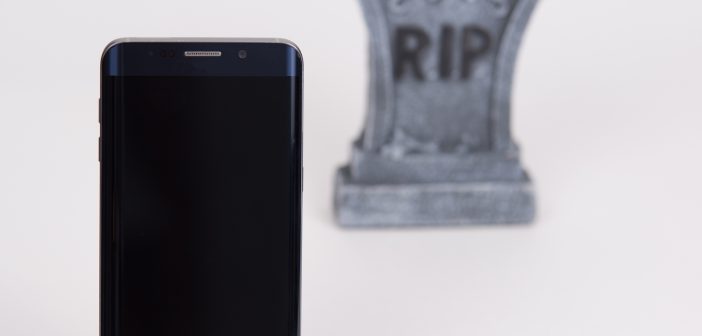 Many of us were shocked by the debacle that ended with Samsung pulling its Galaxy Note 7 smartphone off of the market and recalling every one of them sold.
Many of us were shocked by the debacle that ended with Samsung pulling its Galaxy Note 7 smartphone off of the market and recalling every one of them sold.
Numerous people reported that their Galaxy Note 7 had spontaneously burst into flames. Samsung initially blamed the phone’s lithium ion batteries, issued a fix, and replaced faulty phones, only to see some of the new version of the phone catch fire.
Airlines banned the Galaxy Note 7 from planes, while social media and late-night comedians had a field day. Even President Obama poked fun.
At this point, Samsung admitted its new smartphone was a problem issued a total recall.
How does something like this happen?
Samsung Electronics (KRX:005930) has been one of the world’s leading consumer electronics companies, with roots dating to 1938. Its Galaxy Note series had been popular and profitable. Now it was out an estimated $5.3 billion for a colossal mistake.
Samsung Put Own Interest Above Consumers’ with Galaxy Note 7
Many people experienced with product liability cases shook their heads as news about Samsung and the travails of its Galaxy Note 7 unfolded. As usual, the bigger problem could have been avoided if only they had followed accepted practices from the start and dealt with the problem openly and correctly.
As the Wall Street Journal reported, Samsung manufactured the allegedly faulty batteries in the Galaxy Note 7 and tested them in-house as well rather than using a certified independent lab. This is contrary to standard industry practice.
“To sell smartphones at major U.S. carriers, phone makers are required to test phone batteries at one of the 28 labs certified by the U.S. wireless industry’s trade group, the CTIA, to ensure compliance with standards set by the Institute of Electrical and Electronics Engineers,” the WSJ said.
“Samsung is the only such manufacturer using in-house battery-testing facilities for CTIA certification, according to the association.”











Leave A Comment